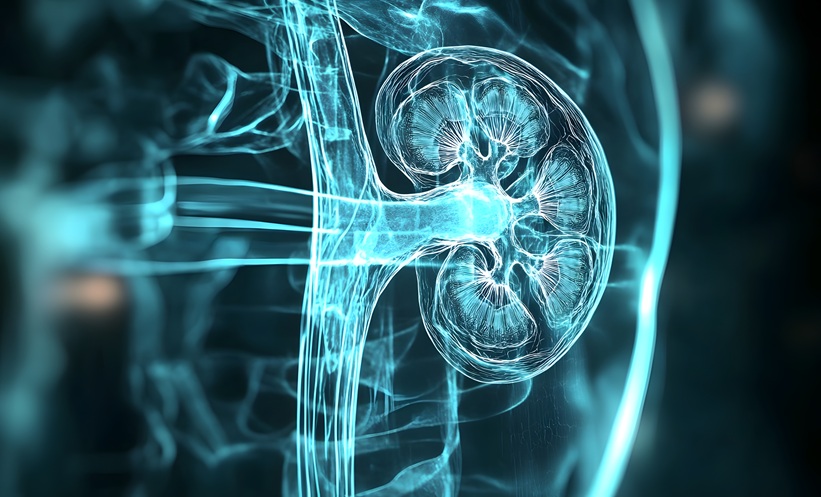Abstract
Renal denervation (RD) is a new clinical procedure which aims to treat resistant hypertensive patients. As with every new technology introduced into the clinical setting, many aspects were not explored sufficiently in order to be implemented into routine clinical practice. Advances in clinical technology require different steps of development, which start from preliminary in vitro experiments and finally arrive in the market, available for physicians when they have been proven to produce benefits for patients. Each stage usually takes many years before acquiring consensus from specialists involved in specific fields. In our opinion, this is a long and blind way and is a disadvantage to patients who need rapid, specific, and effective treatments. Otherwise, a multidisciplinary approach can provide the right evaluation of RD position and its potential for clinical application and research development. Therefore, we decided to draw a well-structured literature review from different specialists’ points of view in order to cover the subject in a translational manner. We reported animal models and experimental trials, in chronological order, and their evidences which have created the basis for human research. Technologies and devices were compared to underlined advantages and disadvantages. An update of clinical data was considered to define clinical needs in order to build focused trials. Furthermore, we evaluate the feasibility of routine RD clinical use by means of an economic analysis. Finally, we tried to settle the main unresolved questions and then assessed future RD perspectives, including non-hypertension indications.
Please view the full content in the pdf above.






